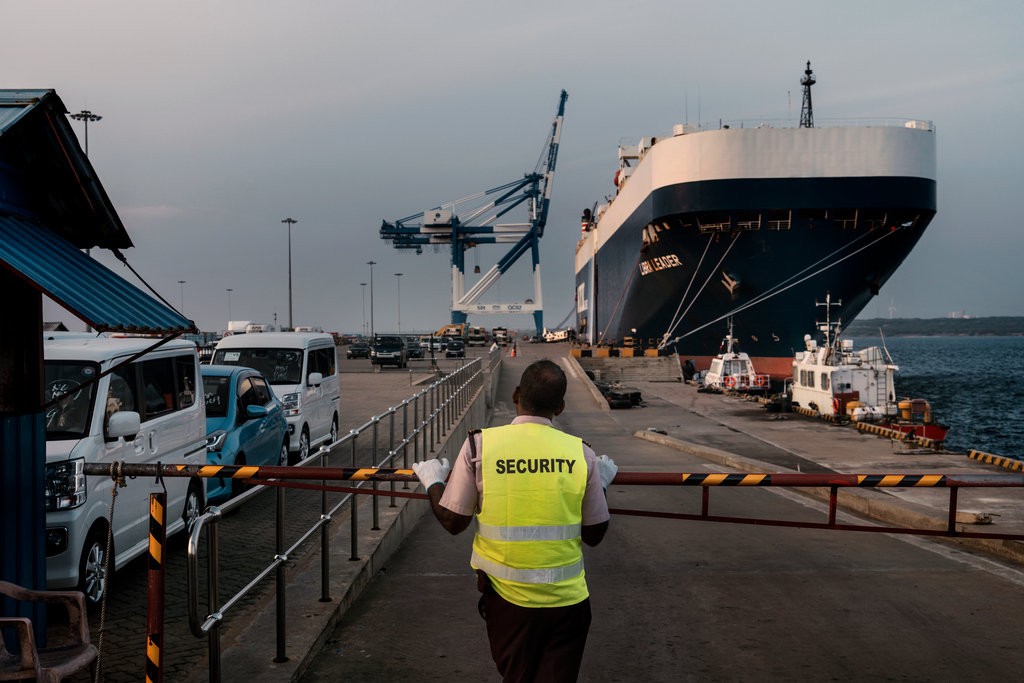Image: The Hambantota Port, run by the Chinese Hambantota International Port Group, in Sri Lanka. Credit Adam Dean for The New York Times.
By Maria Abi-Habib / July 3, 2018.
NEW DELHI — Angered by a New York Times investigation detailing how China seized ownership of a seaport in Sri Lanka, a group of Sri Lankan lawmakers denounced the newspaper on Monday, focusing their ire on two local journalists for the newspaper.
On Monday night, the lawmakers, who are allies of the former president Mahinda Rajapaksa, held a televised news conference in which they claimed that the journalists, Dharisha Bastians and Arthur Wamanan, were working on behalf of the current government to malign Mr. Rajapaksa. One lawmaker displayed a close-up photo of Ms. Bastians’s face for the cameras.
The news conference came after a days-long campaign on social media to discredit the journalists, who provided logistical help for the article, and to attack their families.
The campaign on Twitter and Facebook received the support of Mr. Rajapaksa’s family, including his son Namal Rajapaksa, a member of Parliament, who reposted claims that Ms. Bastians and the main author of the ports investigation, the Times correspondent Maria Abi-Habib, had been paid to write the piece by Sri Lanka’s current government.
Michael Slackman, the international editor for The Times, called those claims false. In a statement, he said the Times article was rigorously reported and accurate, and criticized the lawmakers’ news conference.
“It is unacceptable for journalists to be intimidated in this way,” he said. “This action appears intended to silence critics and curb press freedoms, and ultimately deprive Sri Lankans of information in the public interest.”
He added: “The Times expects the Sri Lankan authorities to ensure the safety of journalists working for our — or any — news organization.”
The Times article was published on June 26. It detailed how Mr. Rajapaksa had taken on more than $1 billion in loans from China’s government to build a seaport in his hometown of Hambantota, southern Sri Lanka, despite feasibility studies that concluded the project was not economically viable.
The article also cited an ongoing government investigation into payments from China Harbor Engineering Co., a major, Chinese state-owned enterprise, to aides in Mr. Rajapaksa’s campaign before the 2015 elections. China Harbor built the Hambantota port.
